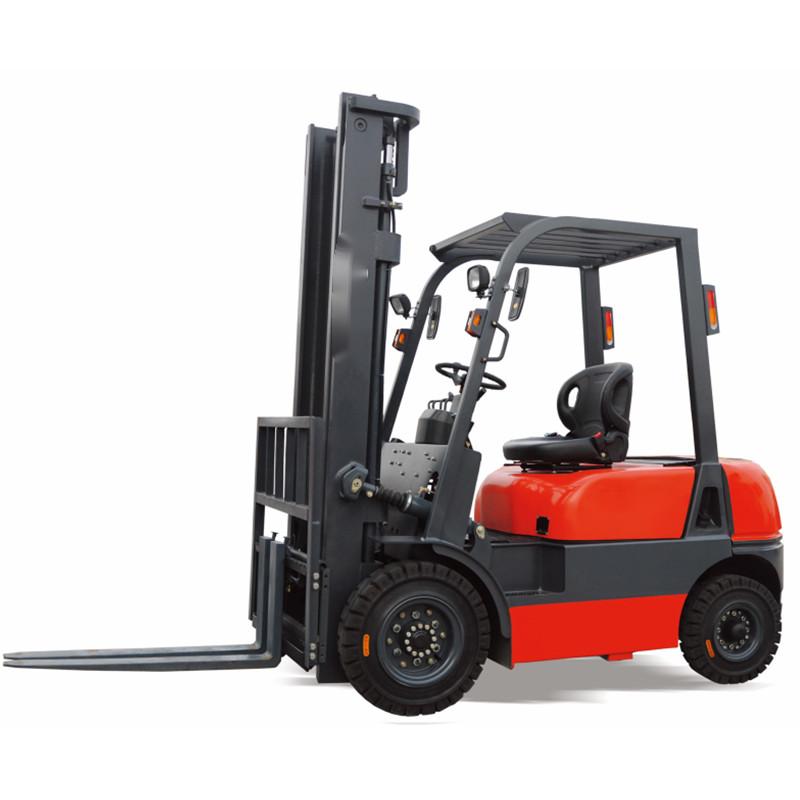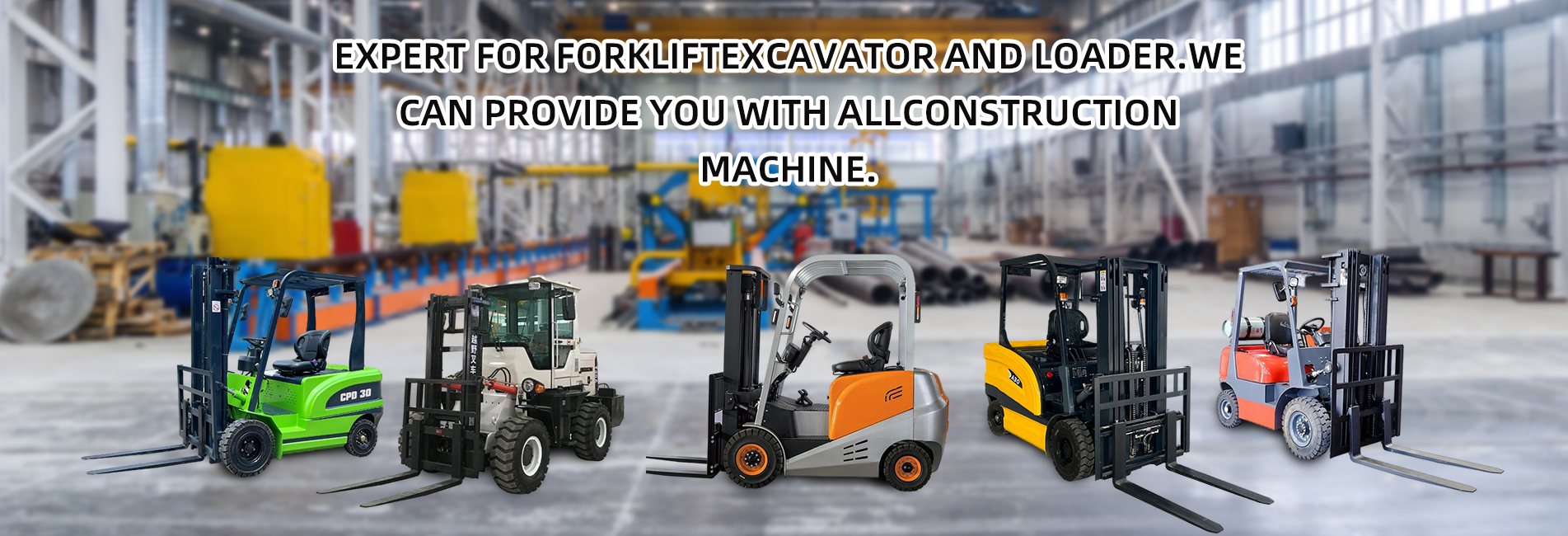Diesel forklifts and gasoline forklifts are two common types of power-driven forklifts used in industrial handling. They differ significantly in terms of power source, performance characteristics, applicable scenarios, etc. The following is a detailed comparison of the two from multiple dimensions:

I. Power Source and Fuel Characteristics
- Diesel forklifts: They use diesel as fuel and are powered by a compression-ignition engine (no spark plug is needed, and diesel is ignited by the high temperature generated by compressing air). Diesel has a higher energy density (more energy per unit volume) and its price is usually lower than that of gasoline (there may be differences in different regions).
- Gasoline forklifts: They use gasoline as fuel and operate through a spark-ignition engine (a spark plug is required to ignite the mixture of gasoline and air). Gasoline is more volatile and burns faster, but its energy density is lower than that of diesel.
II. Comparison of Performance Characteristics
| Comparison Dimension | Diesel Forklifts | Gasoline Forklifts |
|---|---|---|
| Power and Torque | They have large torque and strong low-speed power, suitable for heavy-load handling (usually with a load capacity of ≥ 3 tons). | Their power output is smoother and their high-speed performance is better, but their heavy-load capacity is weaker (mostly applicable to loads below 3 tons). |
| Fuel Efficiency | Higher, with a longer cruising range under the same load and lower operating costs. | Lower, with a shorter cruising range under the same fuel amount and slightly higher long-term use costs. |
| Noise and Vibration | The engine noise is loud, and the vibration is obvious (especially for old vehicles). | The noise and vibration are smaller, and the driving comfort is better. |
| Emissions | The emissions contain more particulate matter (PM) and nitrogen oxides (NOx), with poor environmental friendliness (some new diesel forklifts have been improved through exhaust gas treatment technology). | The emissions are mainly carbon dioxide and hydrocarbons, with fewer particulate matters, and their environmental friendliness is better than that of traditional diesel forklifts. |
| Starting Performance | It is more difficult to start in low-temperature environments (a preheating device is required). | They have good low-temperature starting performance and can adapt to a wider temperature range. |
III. Applicable Scenarios
- Diesel forklifts:
- Suitable for outdoor operations (such as ports and freight yards). Due to the strong odor of their emissions, they are not suitable for enclosed spaces.
- Often used in scenarios involving heavy loads, high-intensity operations (such as handling steel and containers), and long continuous working hours.
- Suitable for working conditions sensitive to fuel costs and requiring long cruising ranges (such as long-distance transportation in logistics parks).
- Gasoline forklifts:
- More suitable for indoor or semi-enclosed space operations (such as warehouses and workshops) because their emissions and noise are more friendly.
- Applicable to scenarios involving light to medium loads (≤ 3 tons) and low operation intensity (such as food warehouses and small factories).
- Suitable for working conditions with high requirements for driving comfort, or those requiring frequent starts/stops and flexible steering.
IV. Maintenance and Service Life
- Diesel forklifts:
- The engine structure is stronger, with strong wear resistance and a longer service life (up to 10,000 - 20,000 hours under normal maintenance).
- The maintenance cost is moderate, but diesel engines are sensitive to the quality of oil products, and the diesel filter needs to be replaced regularly.
- The maintenance cycle is relatively long (for example, a major maintenance is performed every 500 - 1000 hours).
- Gasoline forklifts:
- The engine structure is more precise, and it is prone to wear under long-term high-load work. Their service life is usually shorter than that of diesel forklifts (about 8,000 - 15,000 hours).
- The maintenance frequency is higher (for example, the replacement cycle of spark plugs and air filters is short), but the cost of a single maintenance is lower.
- They have requirements for gasoline labels (clean gasoline must be used to avoid carbon deposition).
V. Other Differences
- Price: For the same tonnage, the purchase cost of diesel forklifts is usually higher than that of gasoline forklifts (due to the higher manufacturing cost of the engine).
- Weight: Diesel engines are heavier, and the overall counterweight of the forklift is larger, resulting in better stability (especially when carrying heavy loads).
- Fuel Storage: Diesel is less volatile and safer to store; gasoline is highly volatile, so attention must be paid to fire and explosion prevention.
Summary
The choice between diesel forklifts and gasoline forklifts should be comprehensively judged based on the operating environment (indoor/outdoor), load weight, work intensity, environmental protection requirements, and cost budget: diesel forklifts are preferred for heavy loads, outdoor operations, and long working hours; gasoline forklifts are more suitable for light loads, indoor operations, and scenarios where comfort is emphasized. In addition, with the development of electric forklift technology, electric forklifts have become a more environmentally friendly alternative in some scenarios.


